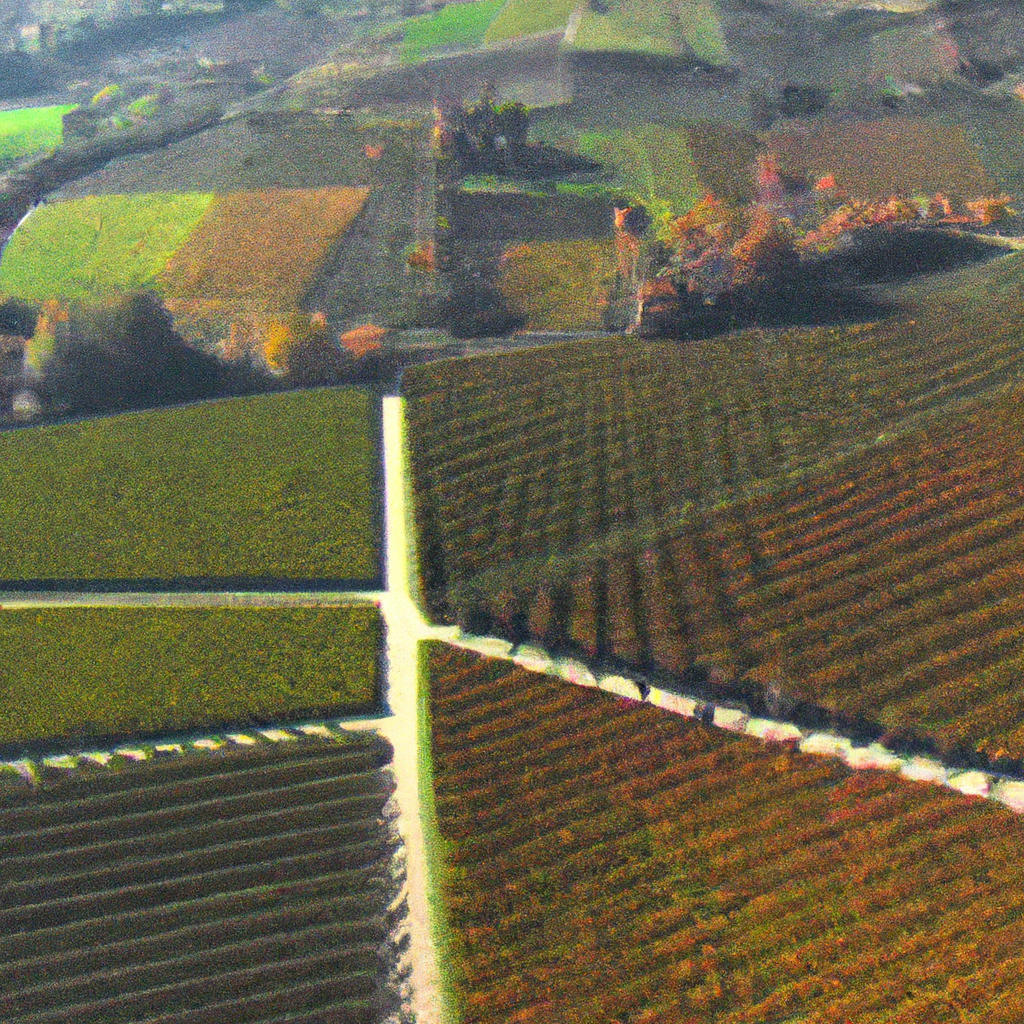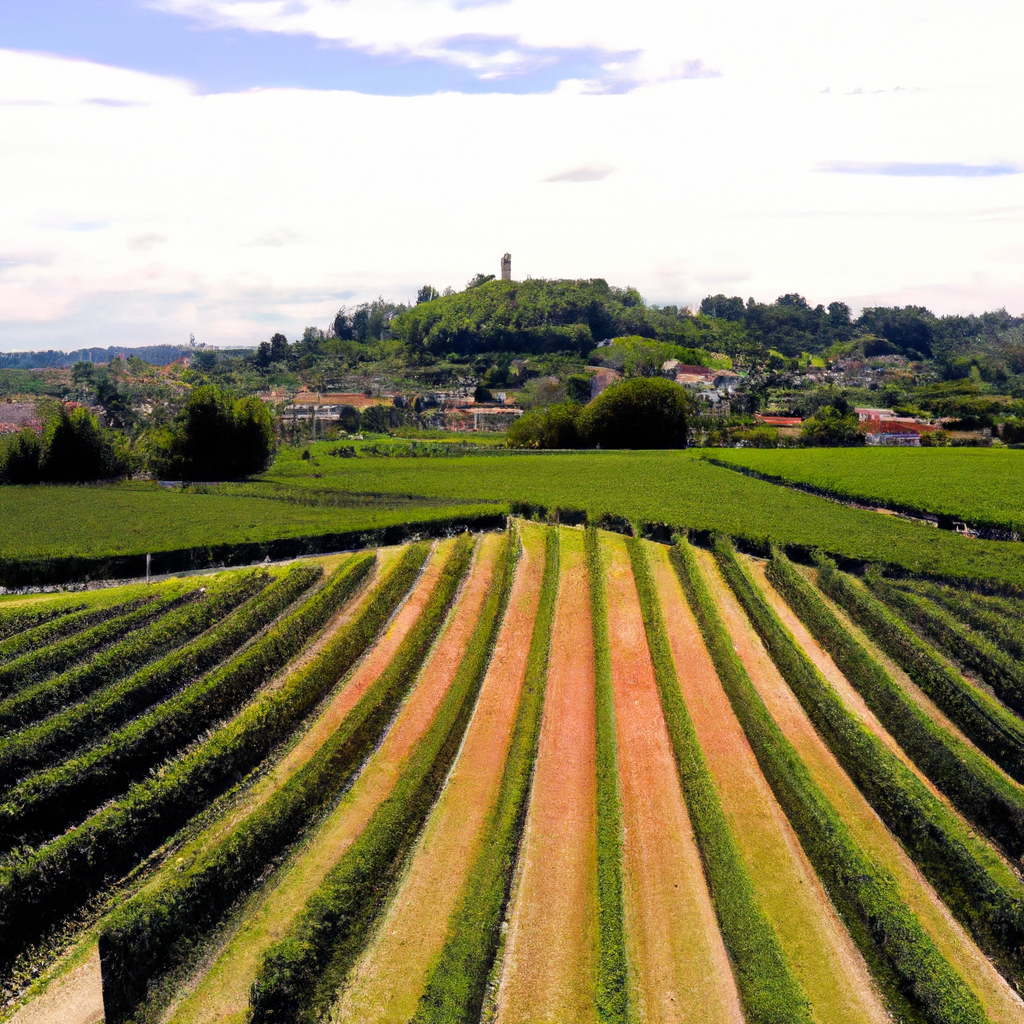
-
Article Summary
- Unveiling the Future of Franciacorta through its Rich History
- Key Takeaways
- Introduction: A Toast to Franciacorta’s Past and Future
- The Historical Roots of Franciacorta
- Franciacorta’s Winemaking Techniques: A Blend of Tradition and Innovation
- The Future of Franciacorta: Sustainability and Global Recognition
- Franciacorta Beyond Wine: A Region Rich in Culture and Natural Beauty
- FAQ Section
- 1. What makes Franciacorta wines unique?
- 2. How is climate change affecting Franciacorta?
- 3. What is the future outlook for Franciacorta?
- 4. What else can I do in Franciacorta besides wine tasting?
- 5. How can I visit Franciacorta?
- Conclusion: A Toast to Franciacorta’s Resilience and Evolution
- Key Takeaways Revisited
Unveiling the Future of Franciacorta through its Rich History

[youtubomatic_search]
Key Takeaways
- Franciacorta, a region in Lombardy, Italy, is renowned for its sparkling wine production.
- The region’s rich history and traditional winemaking techniques contribute to the unique quality of Franciacorta wines.
- Franciacorta’s future is promising, with a focus on sustainable viticulture and increasing global recognition.
- Climate change poses challenges to the region, but winemakers are adapting with innovative practices.
- Franciacorta is not just about wine; it’s also a region rich in culture, gastronomy, and natural beauty.
Introduction: A Toast to Franciacorta’s Past and Future
Franciacorta, a small region nestled in the heart of Lombardy, Italy, is a name synonymous with elegance, tradition, and exceptional sparkling wine. This article delves into the rich history of Franciacorta, exploring how its past has shaped its present and will continue to influence its future. We will also examine the challenges and opportunities that lie ahead for this prestigious wine region.
The Historical Roots of Franciacorta
The history of winemaking in Franciacorta dates back to Roman times, but it was in the 16th century that the region began to gain recognition for its wines. The term “Franciacorta” itself was first documented in 1277, referring to a free trade area in the region. Over the centuries, Franciacorta has maintained its commitment to quality and tradition, with a particular focus on sparkling wine production since the 1960s.
Franciacorta’s Winemaking Techniques: A Blend of Tradition and Innovation
Franciacorta’s winemaking process is steeped in tradition, with a strong emphasis on manual labor and minimal intervention. The region follows the “metodo classico” or traditional method, where secondary fermentation occurs in the bottle. This method, combined with the region’s unique terroir, results in sparkling wines of exceptional quality and complexity.
The Future of Franciacorta: Sustainability and Global Recognition
Looking ahead, the future of Franciacorta is promising. The region is increasingly focusing on sustainable viticulture, with many wineries adopting organic and biodynamic practices. Franciacorta is also gaining global recognition, with exports growing steadily over the past decade. However, the region faces challenges, particularly from climate change, which is forcing winemakers to adapt their practices.
Franciacorta Beyond Wine: A Region Rich in Culture and Natural Beauty
Franciacorta is not just about wine; it’s also a region rich in culture, gastronomy, and natural beauty. From its historical sites and gourmet restaurants to its stunning landscapes and outdoor activities, Franciacorta offers a unique blend of experiences that make it a must-visit destination for any wine lover.
FAQ Section
1. What makes Franciacorta wines unique?
Franciacorta wines are unique due to the region’s specific terroir, traditional winemaking techniques, and strict quality standards. The wines are known for their elegance, complexity, and fine bubbles.
2. How is climate change affecting Franciacorta?
Climate change is causing warmer temperatures and more frequent extreme weather events, which can affect grape quality and harvest times. However, Franciacorta winemakers are adapting with innovative practices such as using heat-tolerant grape varieties and improving water management.
3. What is the future outlook for Franciacorta?
The future outlook for Franciacorta is positive, with a focus on sustainable viticulture and increasing global recognition. However, the region also faces challenges, particularly from climate change.
4. What else can I do in Franciacorta besides wine tasting?
Franciacorta offers a range of activities beyond wine tasting, including visiting historical sites, dining at gourmet restaurants, exploring the natural beauty of the region, and participating in outdoor activities such as hiking and cycling.
5. How can I visit Franciacorta?
Franciacorta is easily accessible by car or train from major Italian cities such as Milan and Brescia. Many wineries offer tours and tastings, but it’s recommended to book in advance.
Conclusion: A Toast to Franciacorta’s Resilience and Evolution
From its historical roots to its traditional winemaking techniques, Franciacorta’s past has shaped its present and will continue to influence its future. Despite the challenges posed by climate change, the region’s commitment to quality, tradition, and sustainability ensures a promising future. Beyond its exceptional wines, Franciacorta’s rich culture, gastronomy, and natural beauty make it a destination worth exploring.
Key Takeaways Revisited
- Franciacorta’s rich history and traditional winemaking techniques contribute to the unique quality of its wines.
- The region’s future is promising, with a focus on sustainable viticulture and increasing global recognition.
- Climate change poses challenges, but Franciacorta is adapting with innovative practices.
- Franciacorta is not just about wine; it’s also a region rich in culture, gastronomy, and natural beauty.
[youtubomatic_search]






